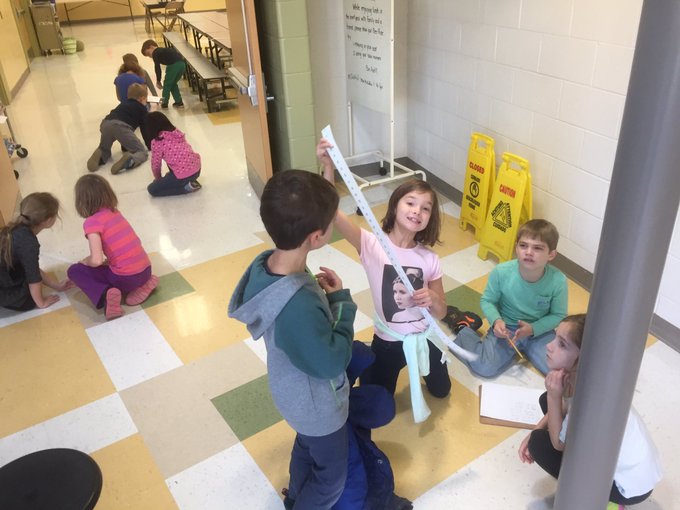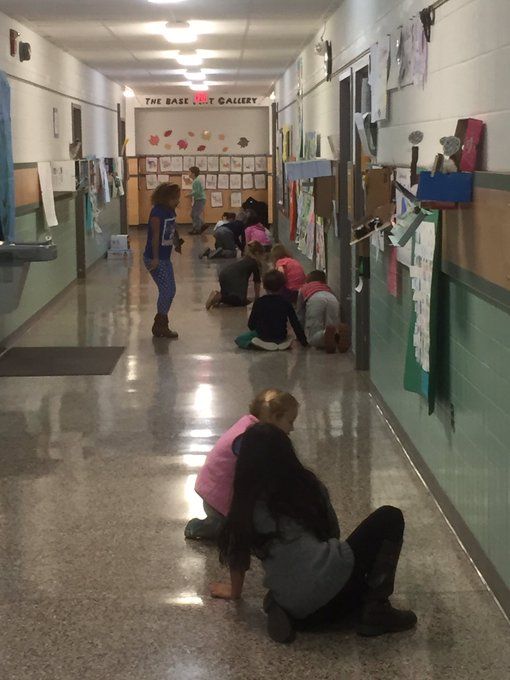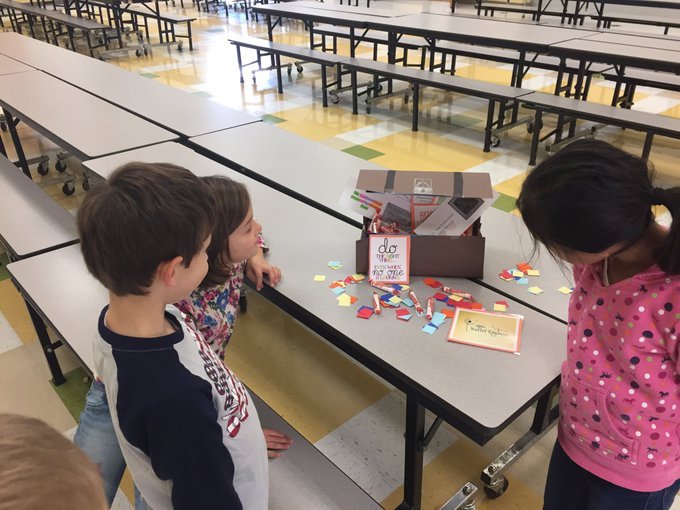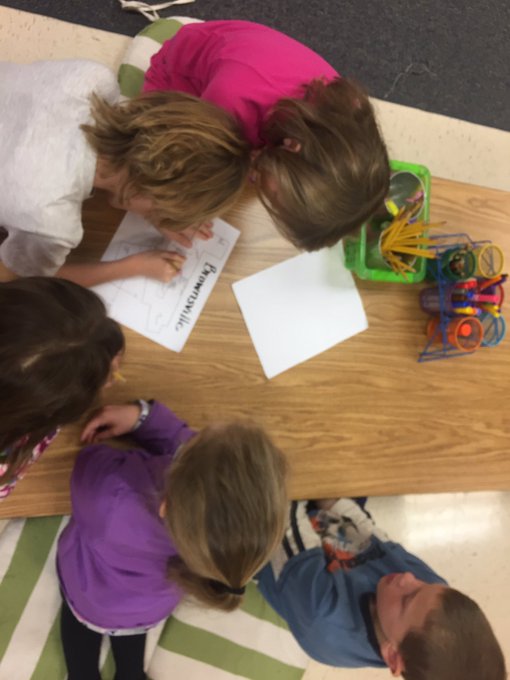They did earn game day, which allowed them to play math games and problem-solving games throughout the day. I'm not sure they knew they were learning! :)
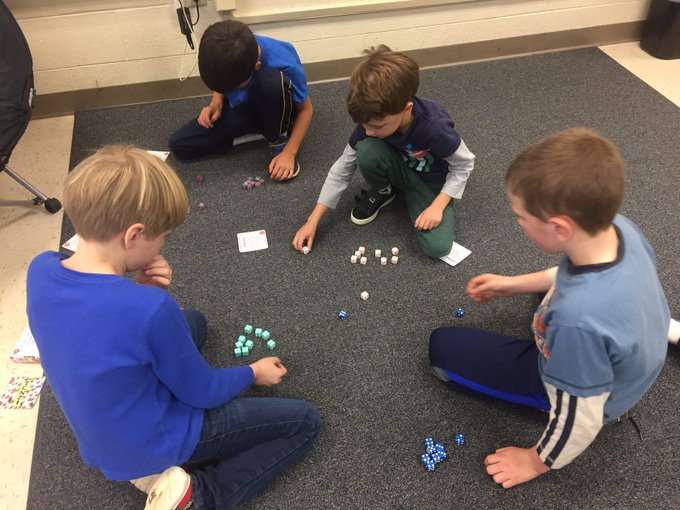
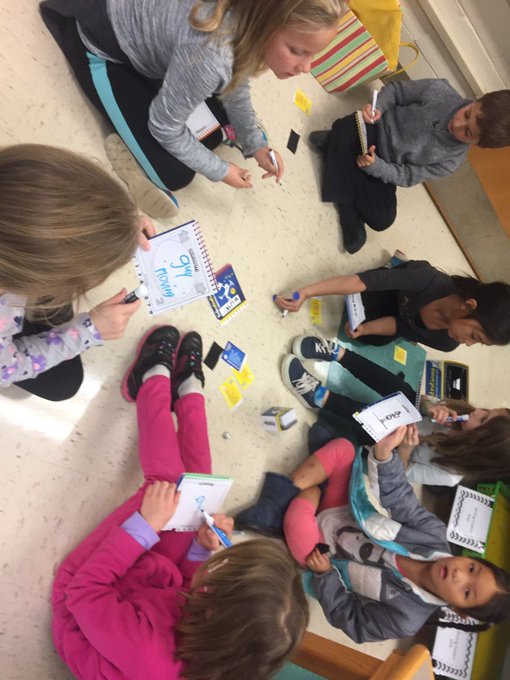
Writing:
Students have been learning how to write letters correctly. They have written letters to family members, friends, and even to my husband to thank him for visiting us and presenting information on the states of dry ice!
We will soon begin our focus on the problem and solution of a story. Students will use the practice from our haunted house stories to add details to this part of a story. To help at home, ask students to give you details about something that has happened to them. For instance, if they scrape their knee and the crying dissipates, ask them to provide details about how it happened.
Reading:
Students have been into the book room where they have chosen books within their reading level, which was given to you at conferences. A few students feel books are too easy, so I have bumped them up a level, but continue to monitor their reading. I will give assessments in the coming weeks to get updated information upon which to base strategy work.
The strategy work we have been focusing on recently remains with making connections, but our direct focus has been prosody. Prosody is the stress and intonation in your voice as you read. Students have been working on making their voices stronger and more appropriate based upon the punctuation and text features. Students have been reading with partners to improve their prosody.
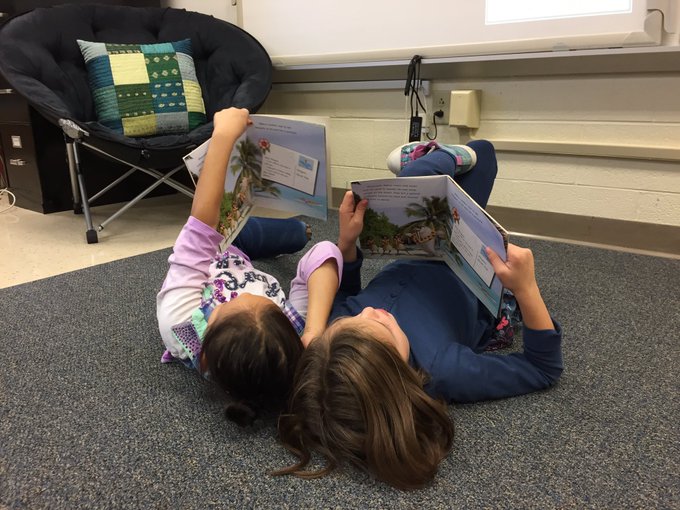
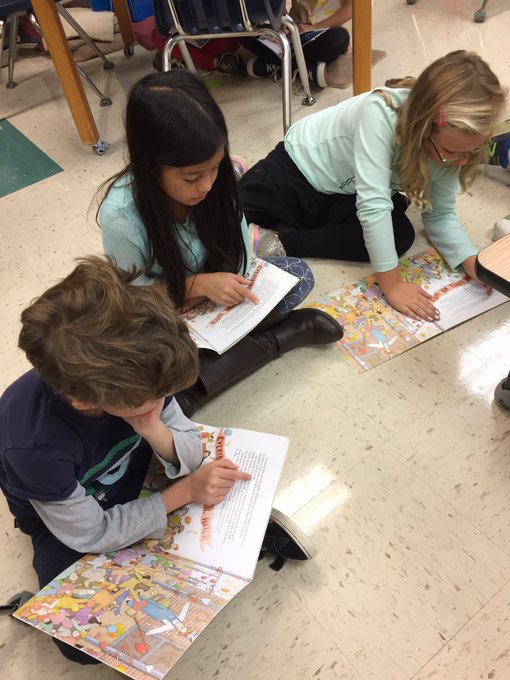
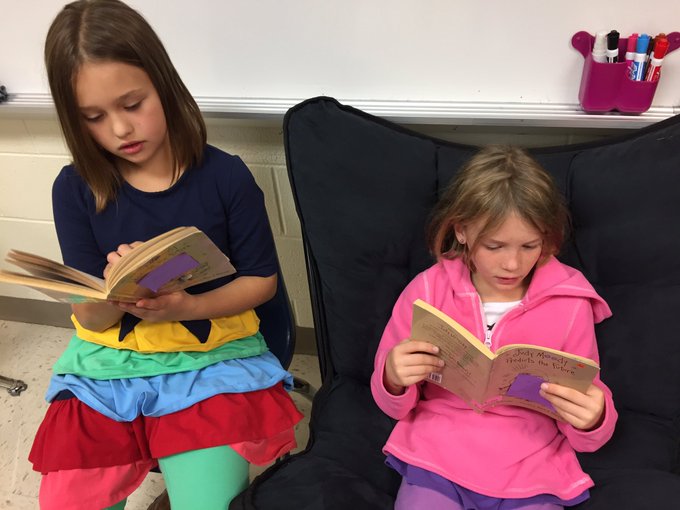
Ask your child to read the following to you with prosody and see how fun it is! Make it a game to see who can do the best, then try it with a book!
1 2 3!
4 5. 6, 7, 8, and 9.
10? 11? 12?
13, 14, and 15!
Word Study:
Word Study groups continue to practice using different activities. Don't forget to practice word study words home when you can! Here are a few ideas of ways to help your child have fun at home:
- Give your child a few colored pens and have them write their word in pen.
- Have your child write each letter in a fancy way.
They love both of these activities!
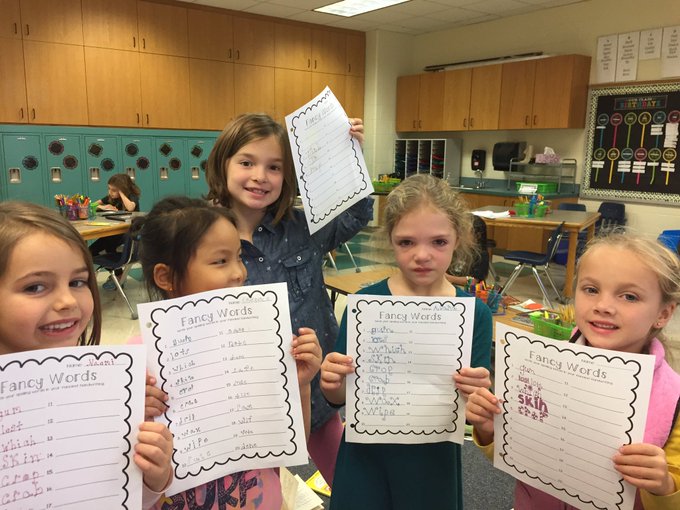

Math:
We are now connecting one of our first units of math (Making 10s). Making 10s is when you find combinations of numbers to make 10 and make counting easier. For instance, you can take 7 + 3 to make 10. You can also take 7 + 2 + 1 to make 10. We have been working on making 10s when having longer number strings. For instance, if we have 6 + 4 + 2 + 1 + 7, we can combine our 10s and get an answer. Students practice these skills on larger number strings while racing to beat other students with a calculator. We are building these skills for our addition and subtraction story problems to come soon.
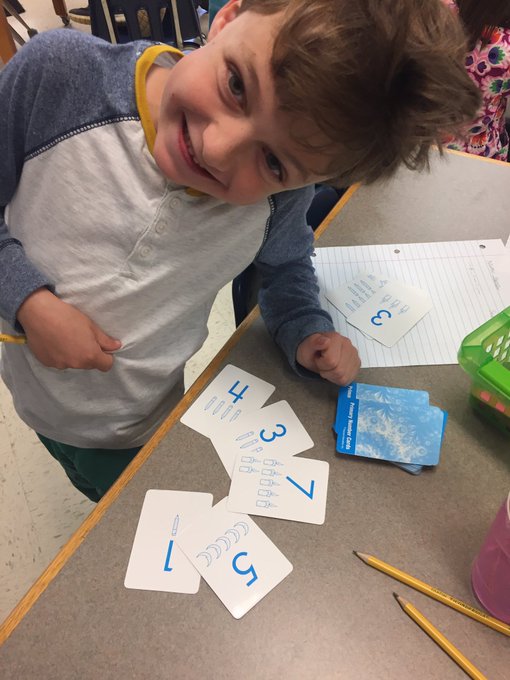
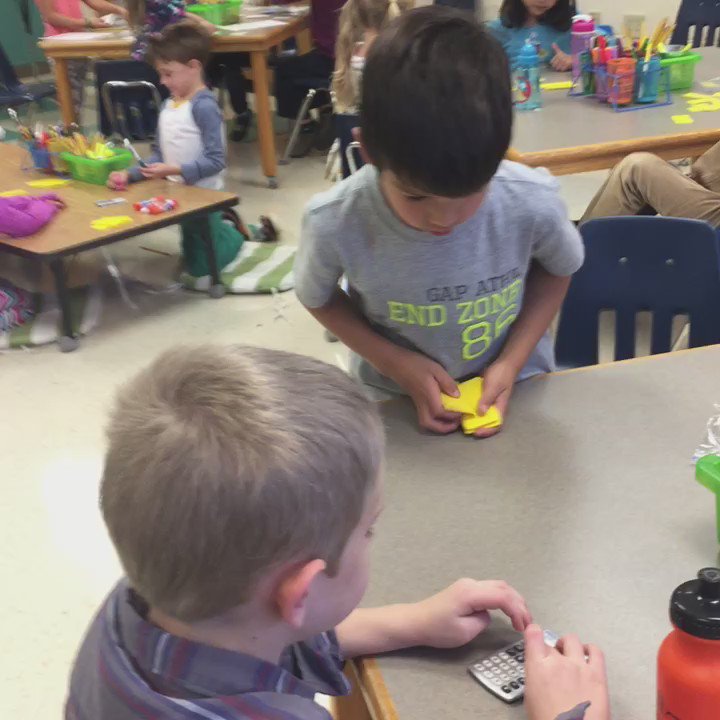
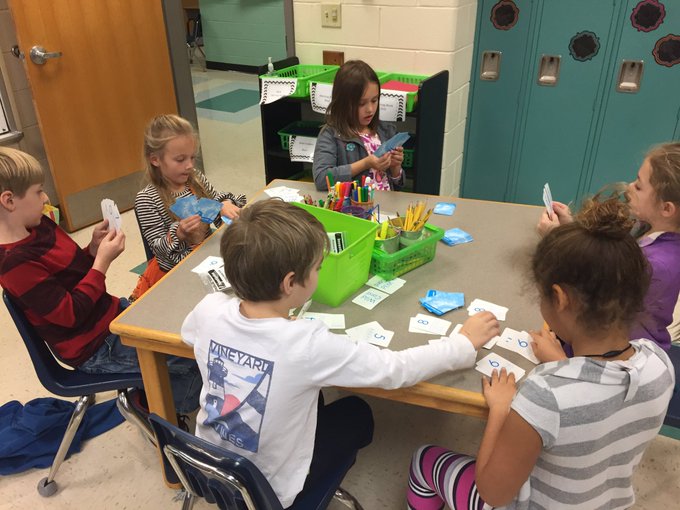
Students shared ways in which they used to solve a problem (8 + 5 + 2)! Check out what they said...
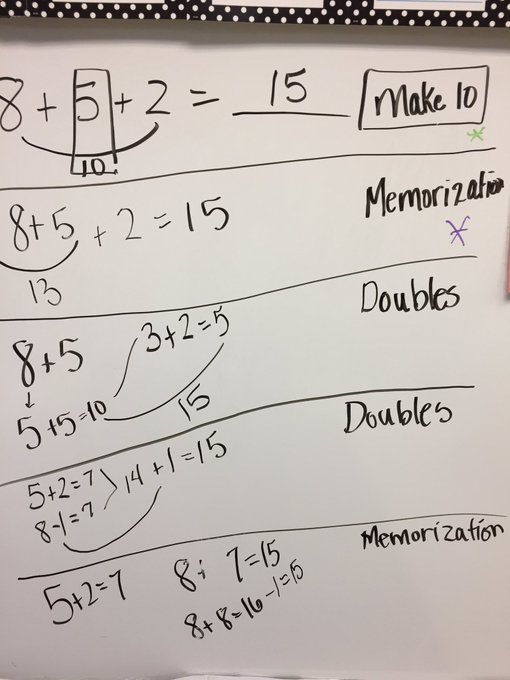
Feel free to work with your child at home by making 10s or doubling numbers to make addition easier.
Science:
We studied matter through experiments and learned about dry ice's properties from Dr. Palmer (my husband has a Ph.D. in Chemistry)! Students felt objects to determine the state of matter and shook heavy cream to solidify it; making butter! They sorted objects into solid, liquid, and gas categories.
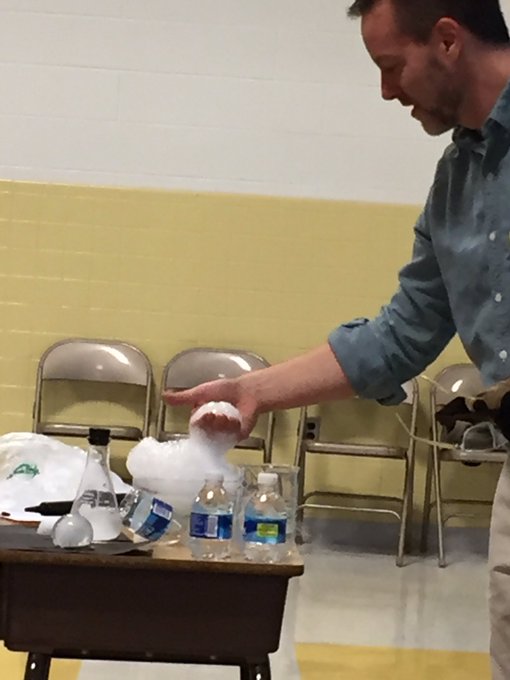
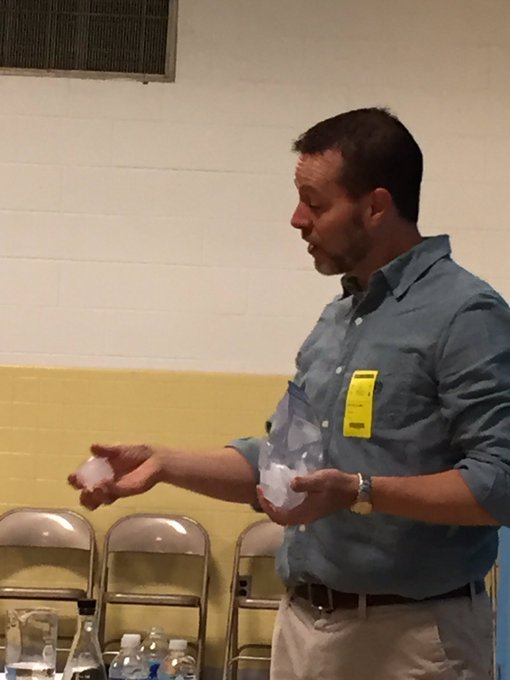
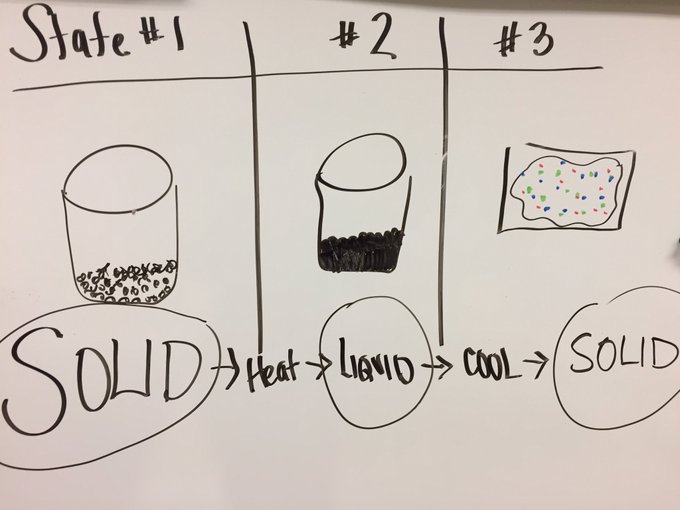
Social Studies:
We are in the midst of our maps & globes unit. Students have learned the parts of the map and will soon begin to identify lakes, rivers, and mountain ranges located within the United States. We even followed a treasure map...and reached a treasure! We will broaden our mapping skills to the world later in the year.
